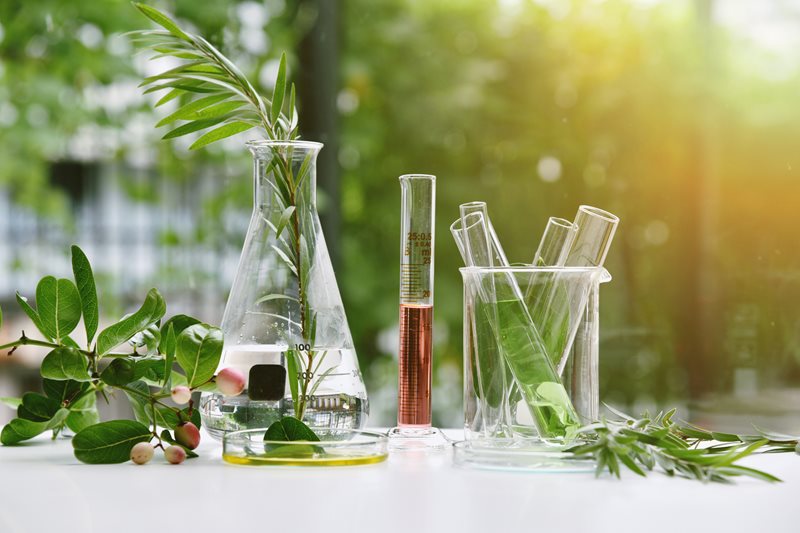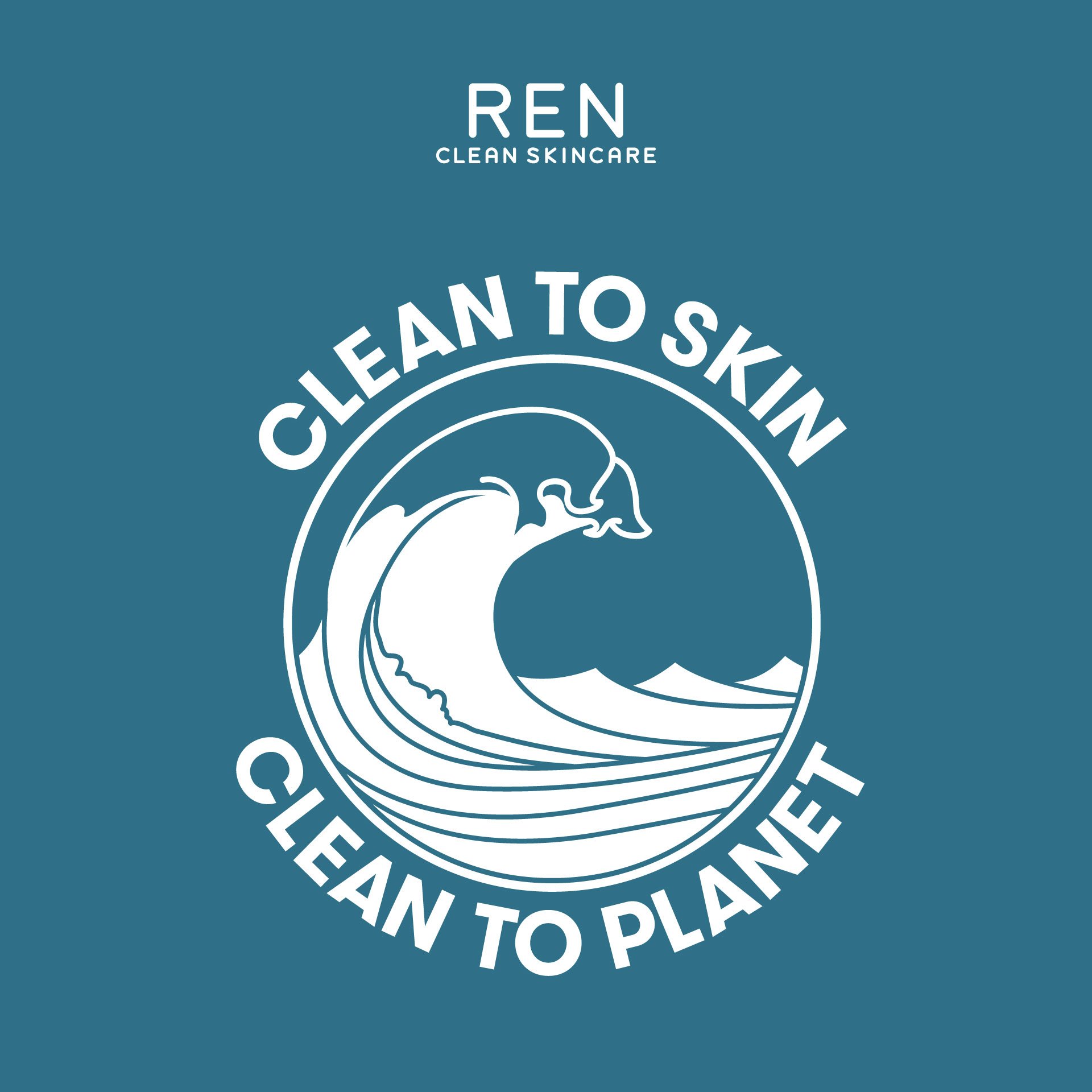
Trends come and go in the health and beauty industry, sometimes as quickly as money moving through my bank account...
However, one of the trends that’s been lingering around for a while now is ‘Clean beauty’. I know what you’re thinking, I’ve already got to worry about cleaning my house, cleaning my hands for 20 seconds whilst singing Happy Birthday to myself, cleaning that shelf in the fridge that I’ve been putting off cleaning since the first lockdown… and now I’ve got to worry about my beauty not being clean?
So, what is clean beauty, and just how ‘clean’ is it really?
What is Clean Beauty, and is it something your brand should be considerate of?
Clean beauty is used to describe a trend in products whereby natural ingredients are used in favour of other ingredients which are seen as harmful or undesirable. Some such ingredients are parabens, sulphates, aluminium etc. The term clean beauty can also be used to describe products, or even a brand ethos, that elevates their sustainability message.
Jumping on the bandwagon?
The trend for natural, clean products and sustainability has boomed. Over the past 12-months alone, the search term ‘Sustainability’ has increased by over 27% in the UK. This upward trend has seen consumer demand for more ‘natural’ and ‘clean’ products and brands. It seems the average consumer is now more aware, and more vocal, regarding what they are using or putting onto their bodies. This increased consumer awareness might act to put pressure on some brands who feel that they need to be perceived as ‘cleaner’.
How morally uncontaminated is clean beauty?
Now let’s start by picking this apart. There seem to be two key factors at play with the term clean.
Clean
Adjective
- Free from dirt, marks, or stains
- Morally uncontaminated; pure, innocent
In the context of clean beauty this boils down to;
- Non-toxic; not harmful to your health
- Sustainable; linked to protecting the environment
Let’s start with sustainability.
Some brands elevate their clean beauty message to showcase that they are sustainable, and sometimes to also show that they are using responsibly sourced ingredients. We are all increasingly aware of the negative impact humanity is having on the environment (shoutout to David Attenborough), so you can’t really blame the health and beauty industry for wanting to elevate this message.
The potential trouble with this, is that natural ingredients are (unsurprisingly) derived from nature, and nature only has so many resources available – so are using natural ingredients really helping the cause, or is it actually doing more harm than good?
Should we not instead be focusing on the ingredients being responsibly sourced. This would ensure that natural resources and ingredients are being produced in a way that is not causing harm to the environment, or to the humans involved in the production of the ingredients. Fair on the resources, fair on the production, fair on the consumer.
Eco-warriors aside, we should all be confident that the products we are buying aren’t at the cost of the environment, or of human extortion. I think this is something we can all agree on.
Now let’s look at the non-toxic element.
Should you be genuinely worried about some of the chemicals that are added into your health and beauty products, or is it just pseudoscience fearmongering?
Take parabens for example. Parabens are added into products to help preserve them and give them a longer shelf life by preventing the growth of mould and bacteria.
Parabens have gotten a bad rep in the press over the years as they are believed to mimic the hormone oestrogen. The fear here is that too much oestrogen could lead to the development of breast cancer and other reproductive issues. On the surface, you could see how this sounds worrying and would cause concern. However, the percentage of parabens that are added into health and beauty products are minimal, so some may argue there isn’t anything to worry about due to the small percentages of these ingredients being used. It is important to note that the link between parabens and cancer has neither been proven, or disproven.
You might have also heard of the various lawsuits that Johnson & Johnson have faced over their talcum powder product. Multiple people have claimed that their various cancers - from ovarian, to mesothelioma (due to the inhalation of asbestos), were caused by the use of Johnson’s talcum powder. In 2019, Johnson & Johnson were ordered to pay $325 million to a couple after a woman claimed that long-term use of the talc product caused her cancer. In the same year, the company recalled 33,000 bottles of baby powder that they described as “an abundance of caution” - not exactly reassuring. As recently as last year, Johnson & Johnson announced a settlement to cover over 1,000 similar lawsuits. It’s easy to see how cases such as these would become a deterrent and scare people from using certain products.
Is having a natural product with no added preservatives and a shorter shelf-life better for you?
Again, on the surface this sounds pretty straightforward - surely using products without added chemicals is going to be better for you. Arguably though, the risk of putting a natural gone-off, bacteria filled product onto, or into your body, is possibly riskier than using a product containing a small number of preservatives.
Is it therefore, less about whether an ingredient is deemed ‘good’ or ‘bad’, when really, we should be looking at how the ingredient is being used?
The ingredients that do make it into our health and beauty products are so rigorously tested. Can the same be said for some natural ingredients? Artificial scents for example could be less irritating on the skin than essential oils as they have been specifically formulated and tested to not be irritating on sensitive skins.
Arguably, all ingredients are chemicals. It’s just how much does it take for it to become a dangerous or a bad thing? Drinking copious amounts of wine every day is harmful to your health, so many of us limit the amount of wine we drink - except of course for that first post-lockdown night out with the lads…
Which brands are really making a positive difference?
An example of a brand that is making good use of their ‘clean’ philosophy is REN skincare, who describe themselves as ‘clean skincare’. They have a zero-waste pledge – that their packaging is designed to be recyclable, contain recycled materials, or is reusable. Currently 62% of their products are produced with this pledge in mind.

They are also part of an initiative called #WeAreAllies, which they describe as “A ground-breaking initiative with competitors Biossance, Caudalie, Herbivore and Youth to the People, sharing a commitment to produce only plant-friendly packaging by 2025.”
By also partnering with Terracycle (a recycling company that is a global leader in recycling hard-to-recycle materials) on a few of their products, they have managed to remove 1.5 tonnes of plastic to date from ocean sources.
Is clean marketing toxic?
Some see the clean beauty trend as a step forward - an honest, transparent approach to what is in our health and beauty products that allows consumers to make more informed decisions.
Others see it as greenwashing or fearmongering – a marketing tactic which plays to consumers health and environmental concerns. It’s basic human nature, when we are told something is dangerous, we become hyper aware of it.
Maybe it’s less about the products and ingredients themselves, and more about how they are being marketed to consumers.
Whichever side of the fence you sit on, clean beauty looks like a trend that is going to be sticking around for a while.
Now, as I question how morally contaminated my beauty habits are… “Hey Google, play Britney Spears ‘Toxic’…”
Posted 11 June 2021 by Imogen Farnan